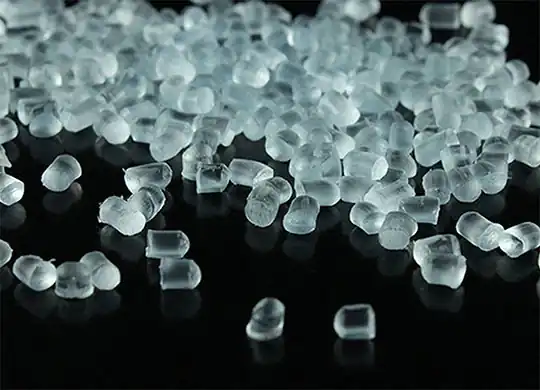I. Overview
Chlorinated polyethylene is a polymer material generated through chlorination substitution reaction in high-density polyethylene. It is a white powder, non-toxic and odorless. According to its structure and use, it can be divided into resin-type chlorinated polyethylene (CPE) and rubber-type chlorinated polyethylene (CM).

2. What key indicators should be paid attention to when adding active magnesium oxide to chlorinated polyethylene?
Magnesium oxide can be divided into light magnesium oxide and heavy magnesium oxide according to the packing density. According to the activity, it can be divided into high activity magnesium oxide, medium activity magnesium oxide, low activity and relatively inert magnesium oxide. If used in CPE vulcanization aids, typically light activated magnesium oxide is a suitable choice.
When selecting magnesium oxide, you should not only focus on its content, but also comprehensively consider its bulk density, activity level (iodine absorption value or citric acid value), content, particle size, etc. These factors directly affect the quality of magnesium oxide and its performance in CPE rubber vulcanization speed, vulcanization degree, tensile strength, elongation at break and other physical properties of the rubber.
Generally speaking, light, moderately active magnesium oxide is used in most formulations. At the same time, the finer the particle size of magnesium oxide, the better its acid absorption speed, which is more conducive to improving tensile strength and promoting vulcanization. If an appropriate coupling agent is used to coat and modify the surface, the dispersion of magnesium oxide and its compatibility with rubber can be increased, making it more suitable for use in rubber mixing.
3. Development prospects
In recent years, chlorinated polyethylene has become more and more widely used in the wire and cable industry, and has a tendency to gradually replace chloroprene rubber (CR). As an important compounding agent of halogen-containing rubber, magnesium oxide’s activity has an important impact on the scorch resistance and tensile strength of CR. In chlorosulfonated polyethylene rubber (CSM), magnesium oxide can also be used as a cross-linking agent and acid acceptor, so it is a good acid absorber, stabilizer and vulcanization accelerator.
Generally speaking, activated magnesium oxide has an important impact on the performance and application of chlorinated polyethylene. Through the proper selection of activated magnesium oxide, the performance of chlorinated polyethylene can be optimized to meet various specific application requirements. As the application fields of chlorinated polyethylene continue to expand, the role of activated magnesium oxide will become more and more prominent.
